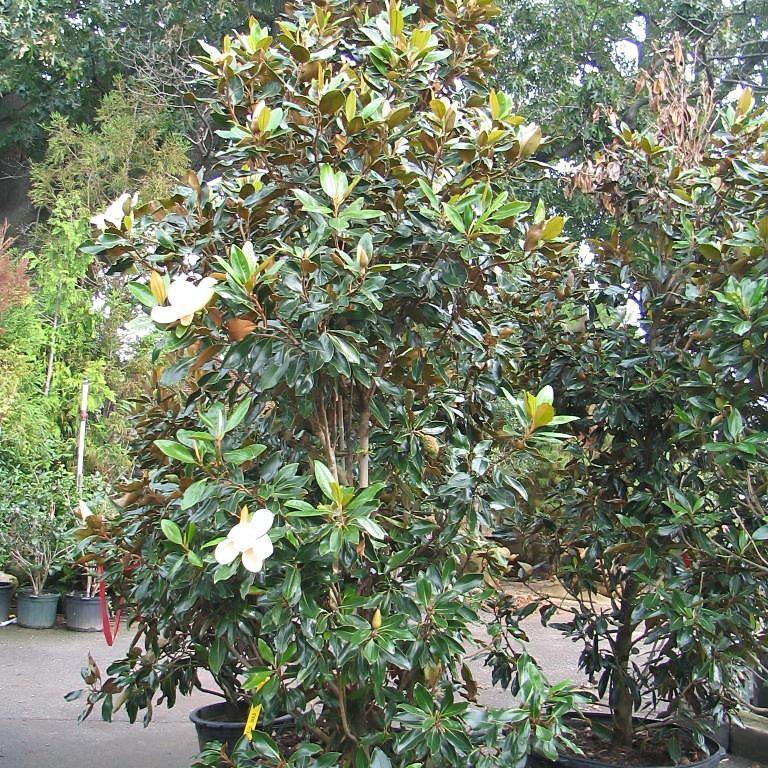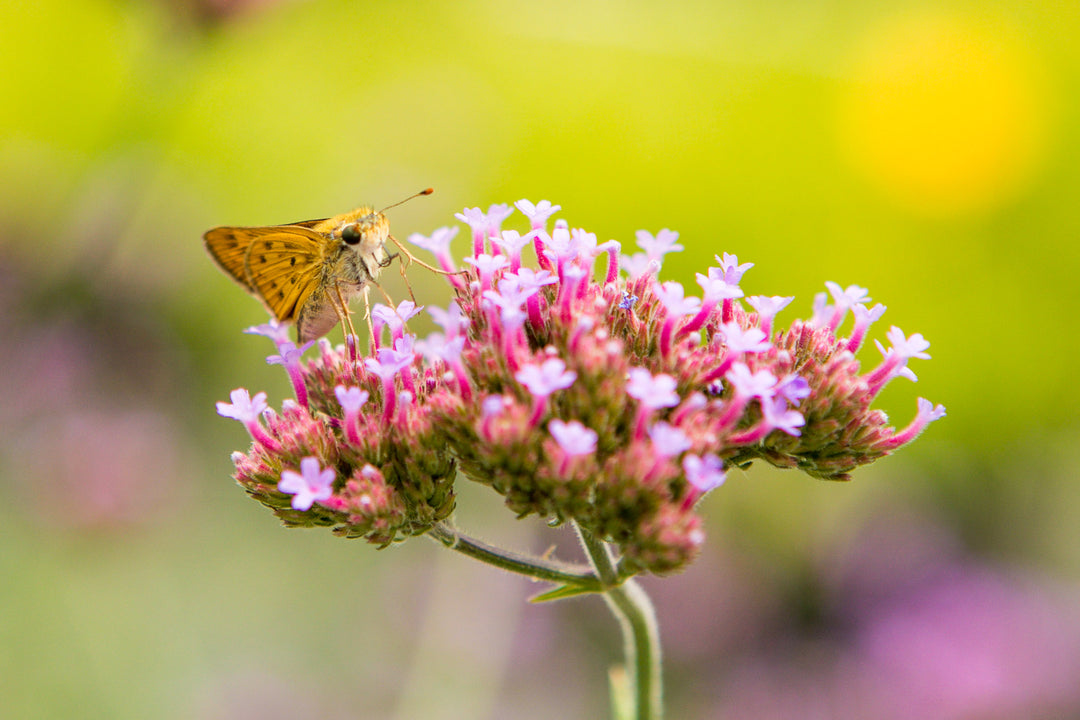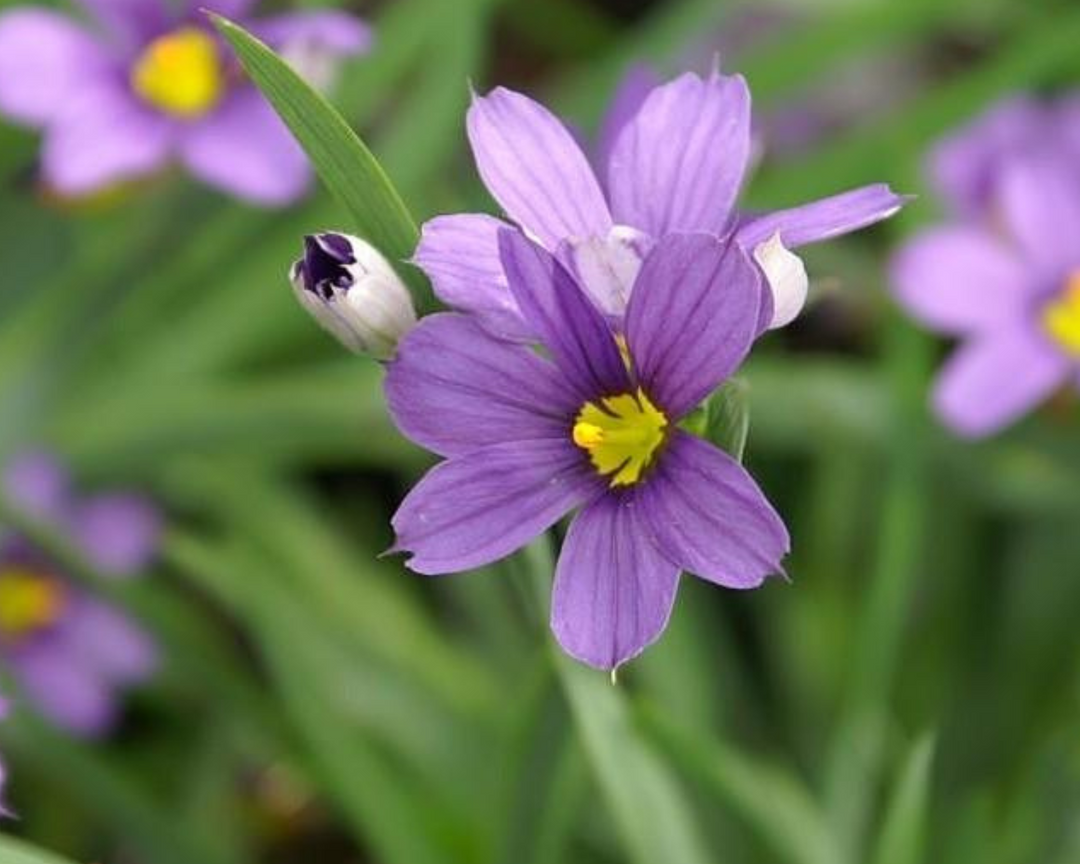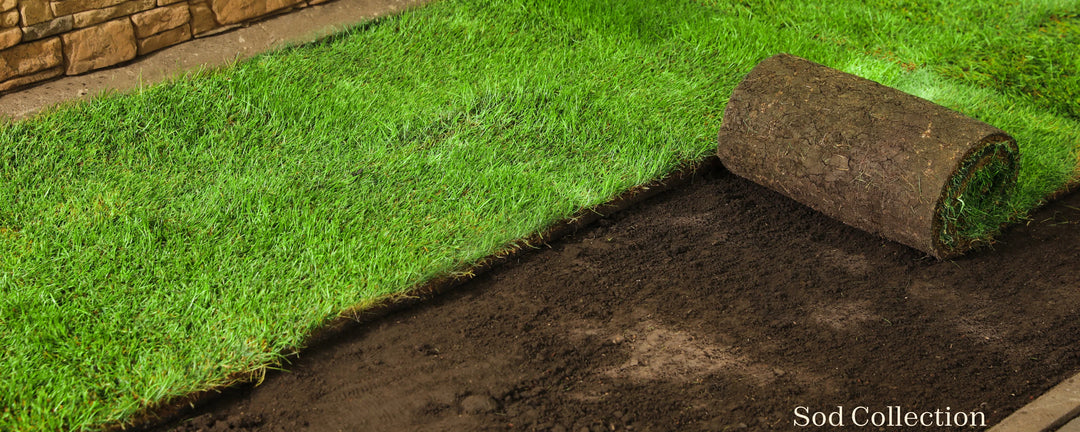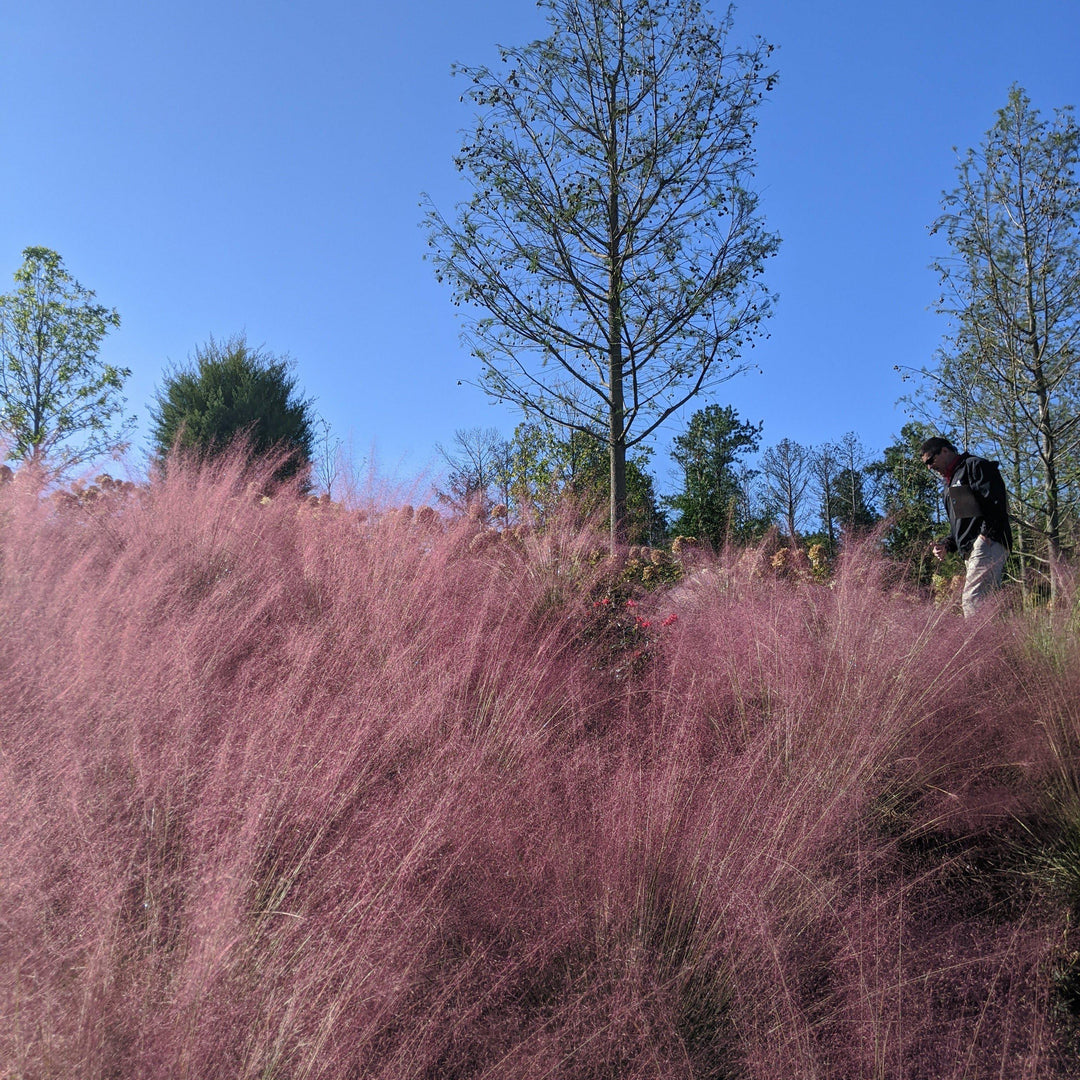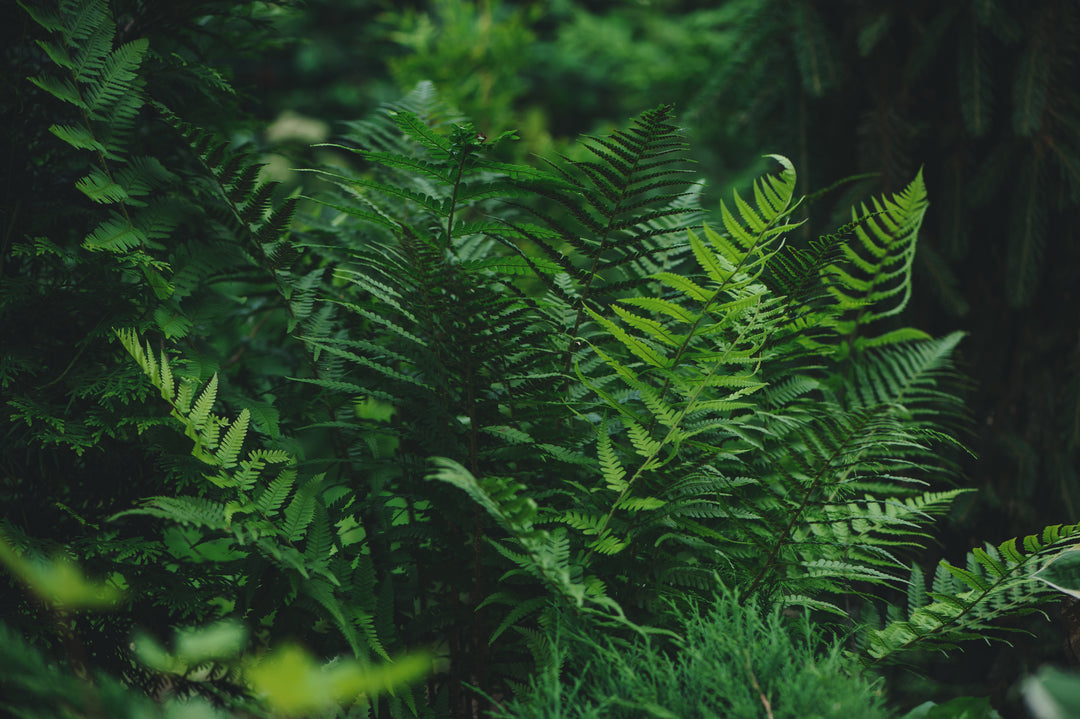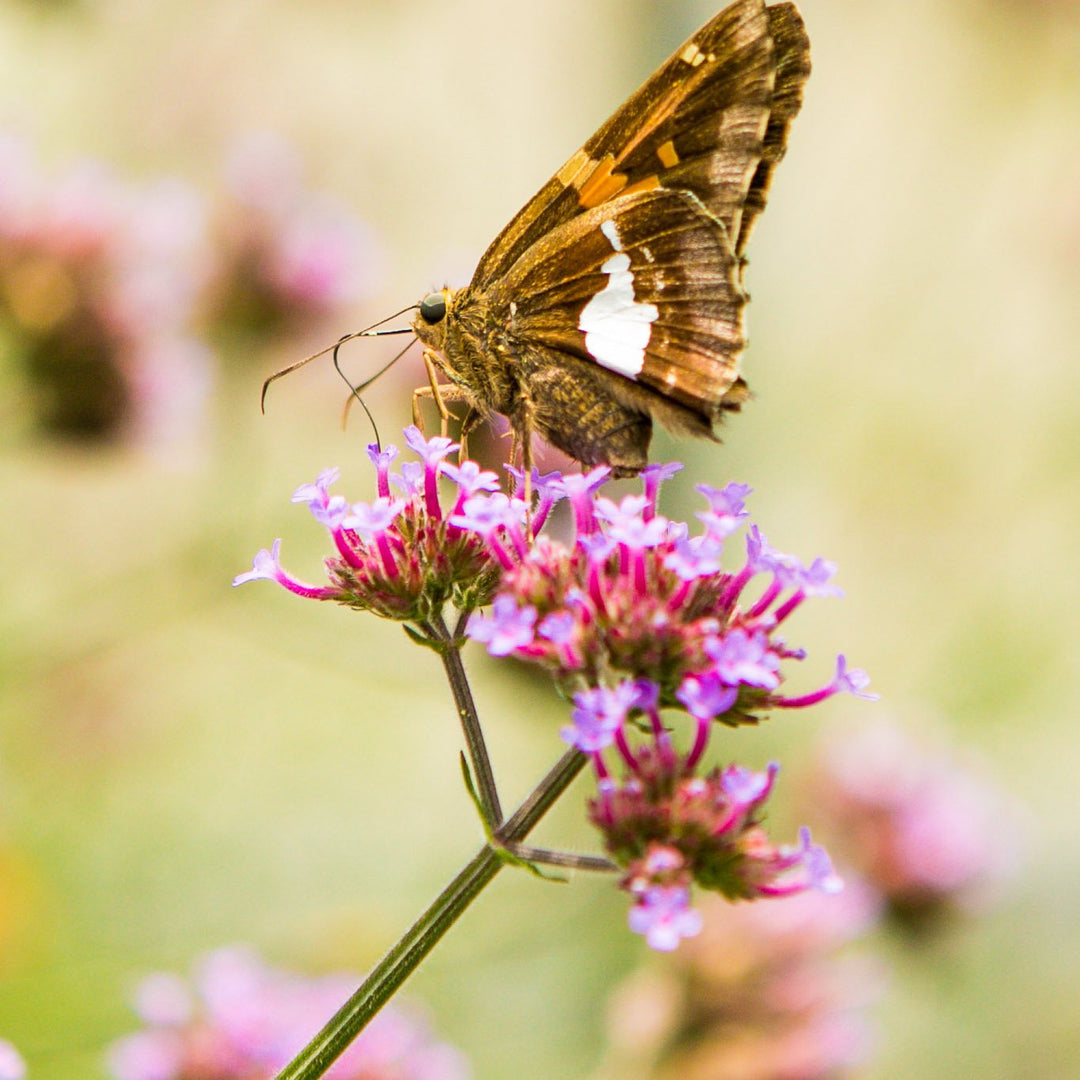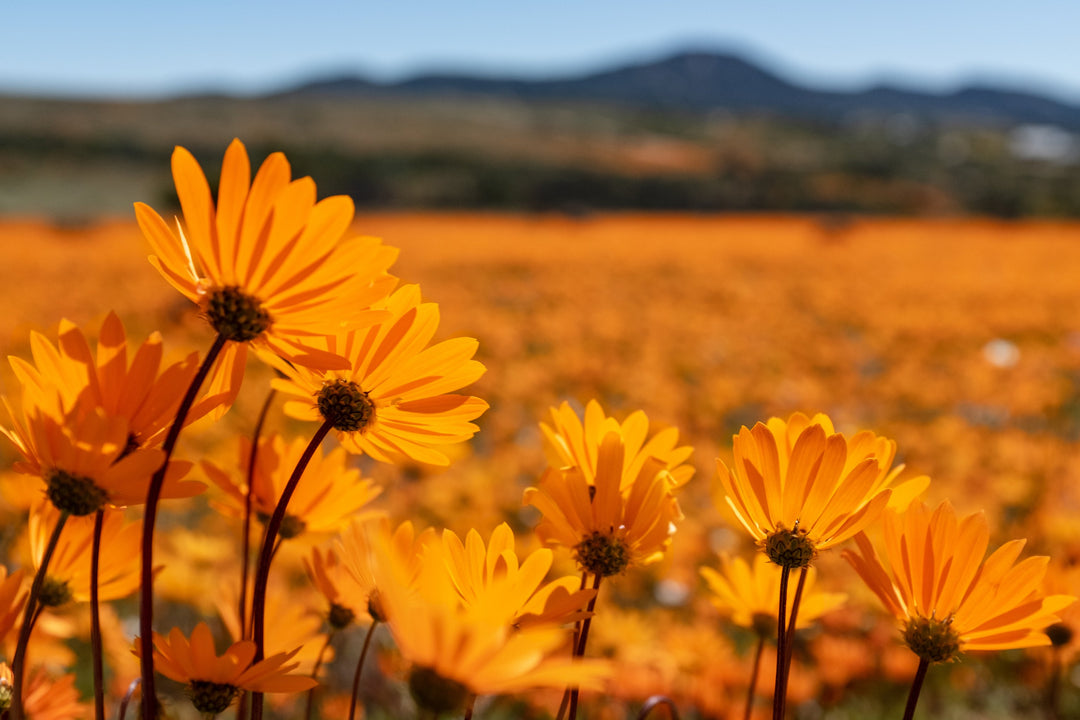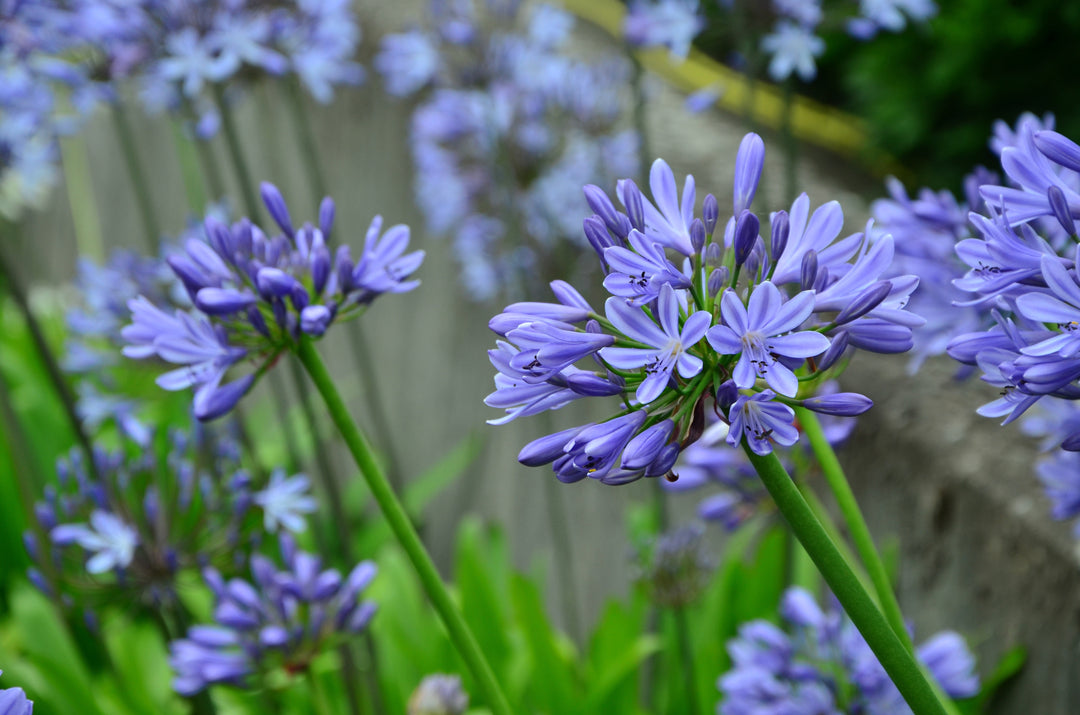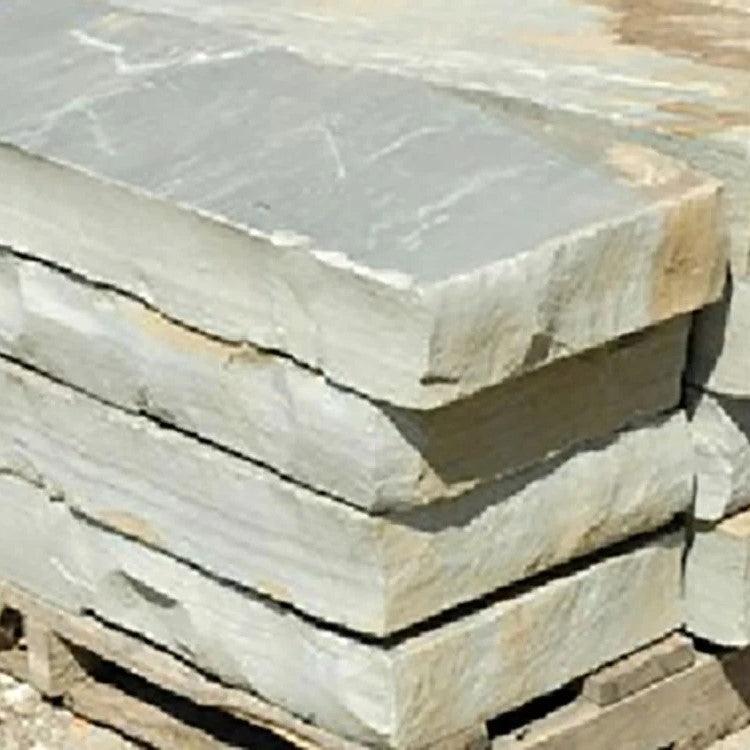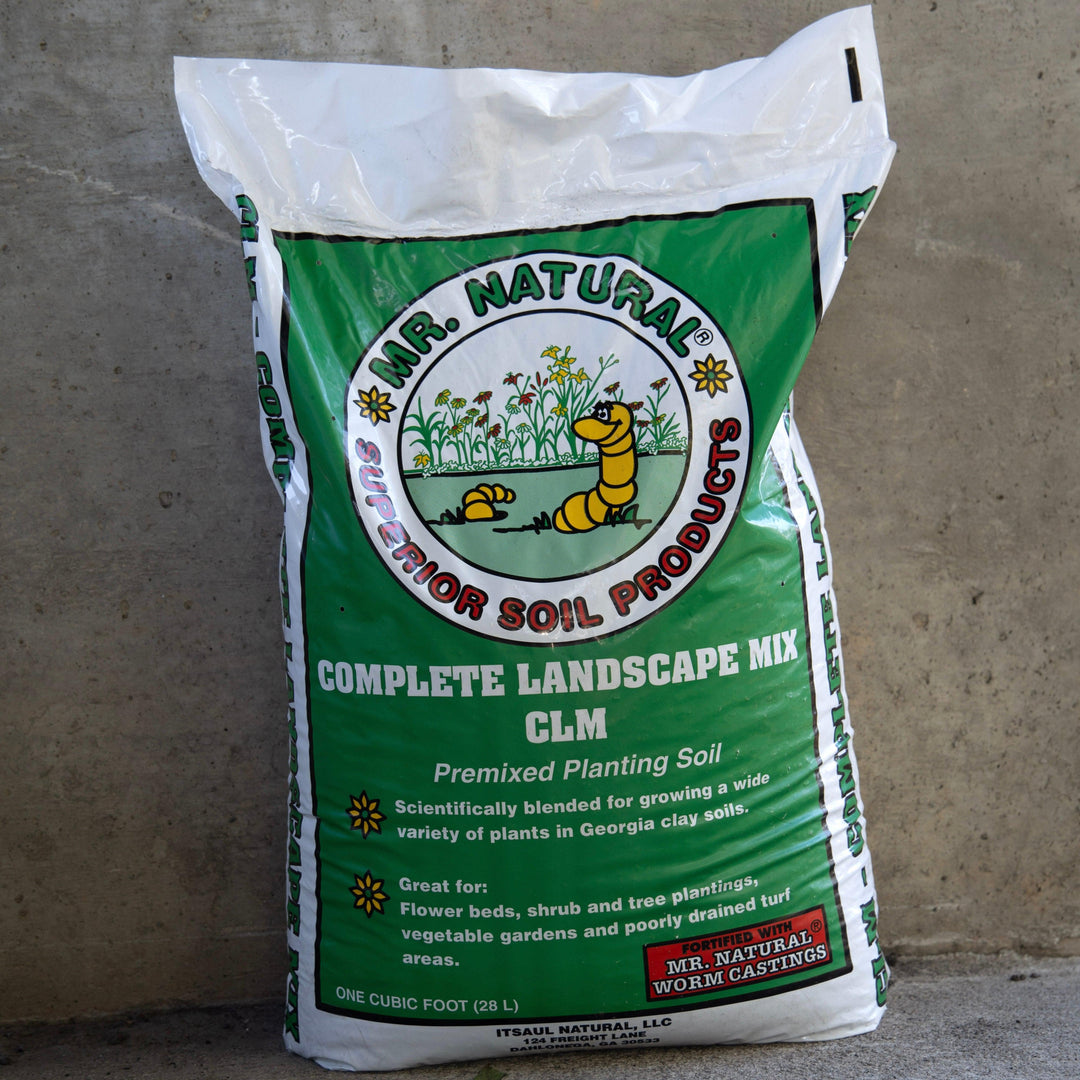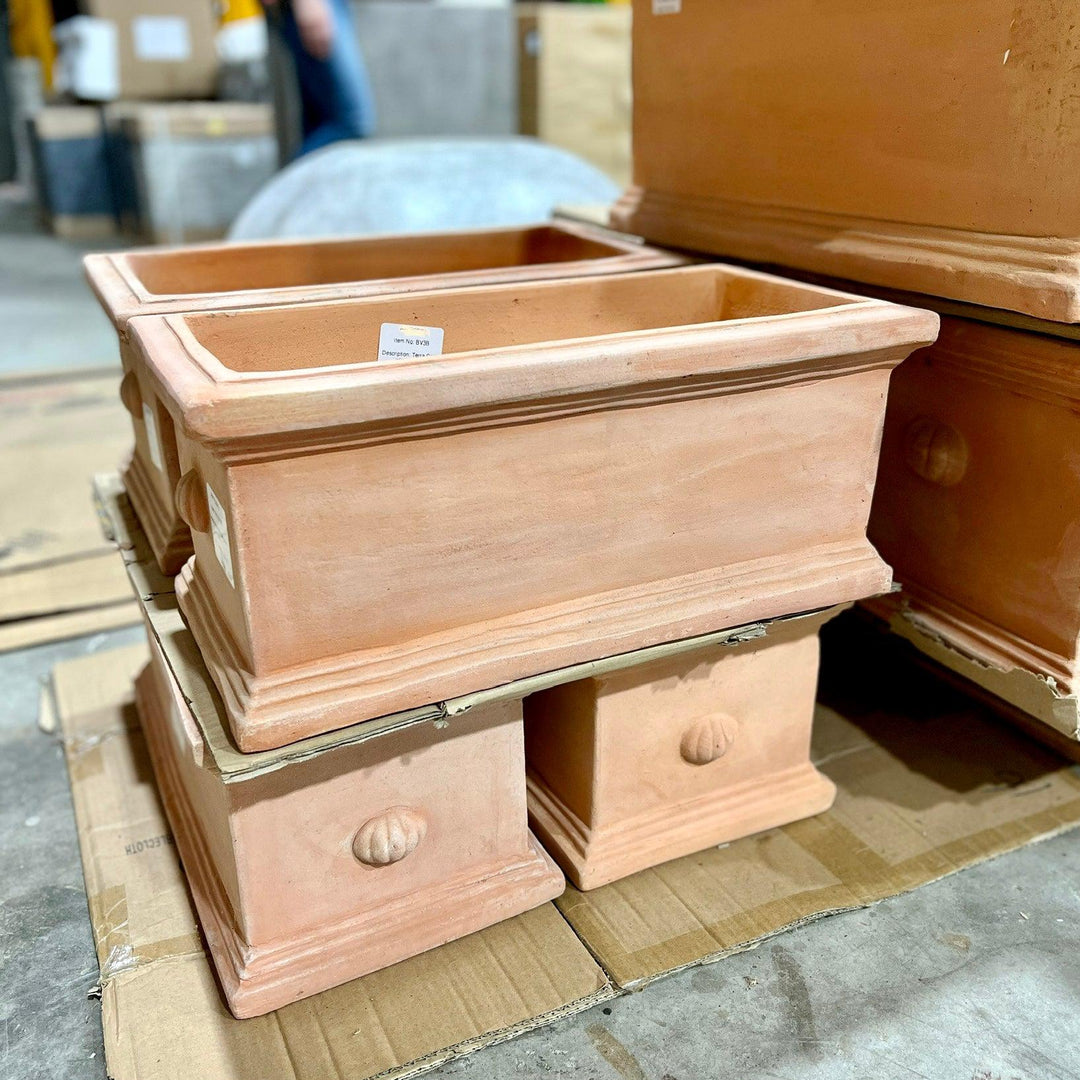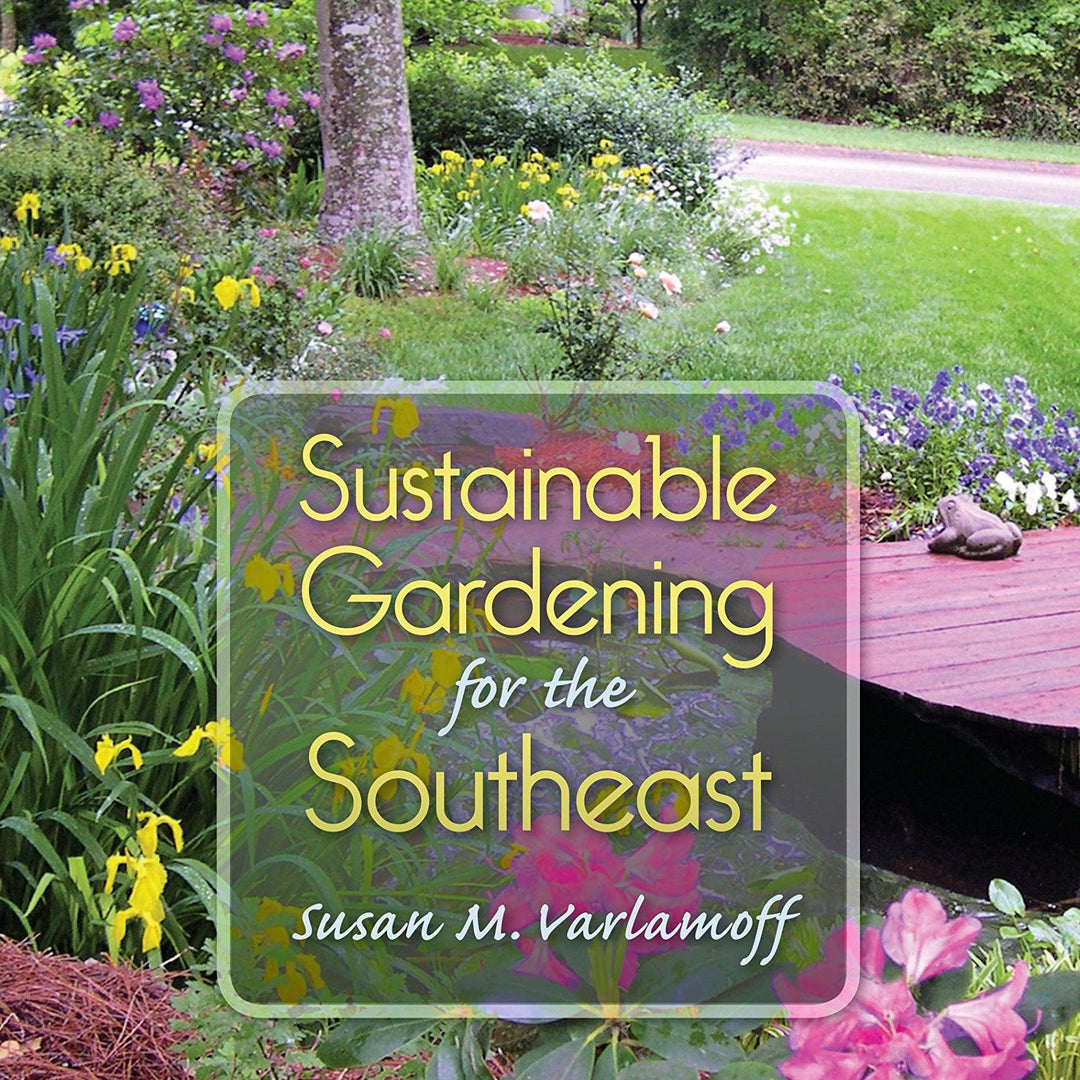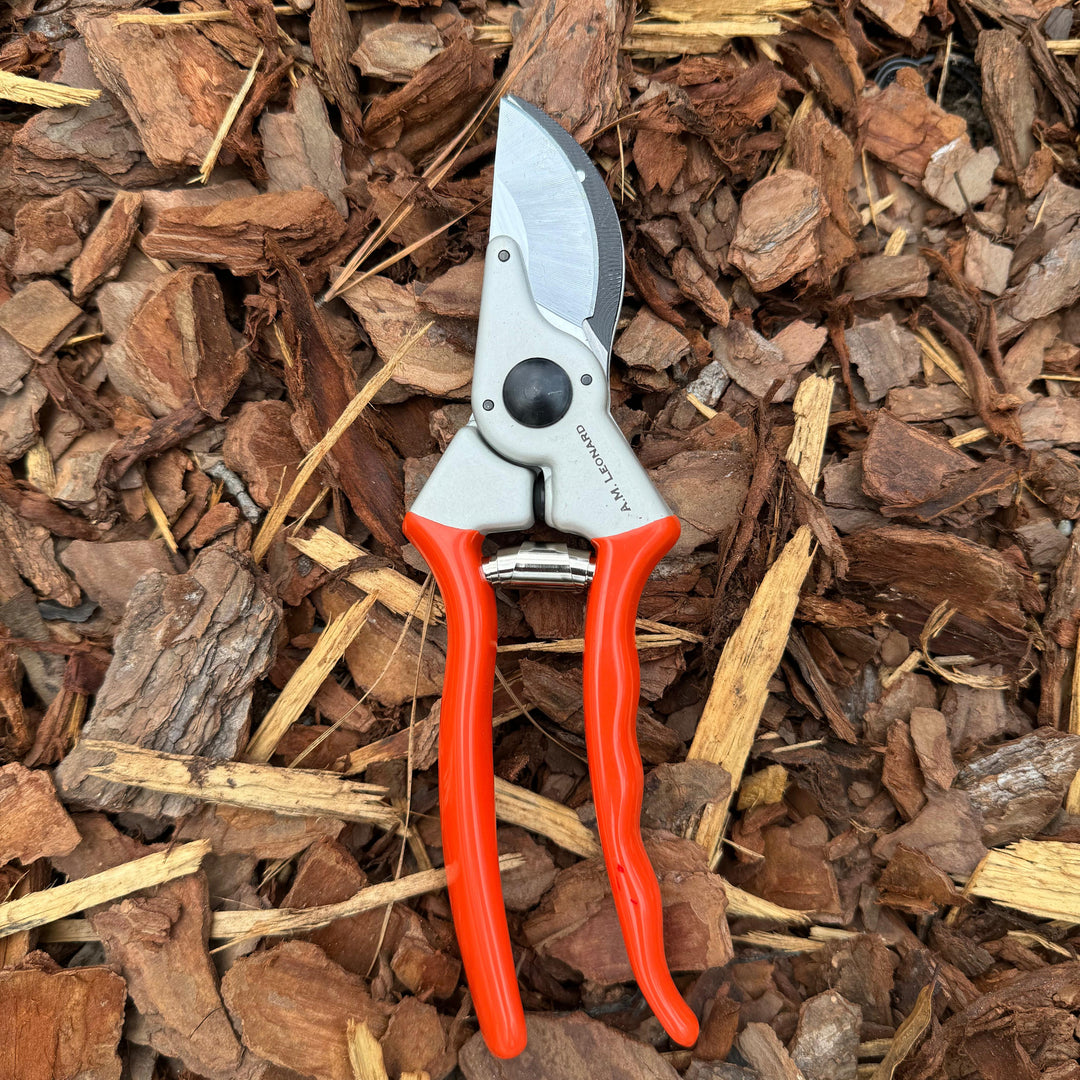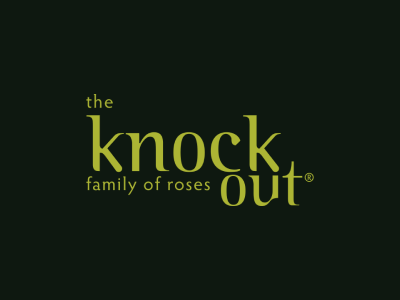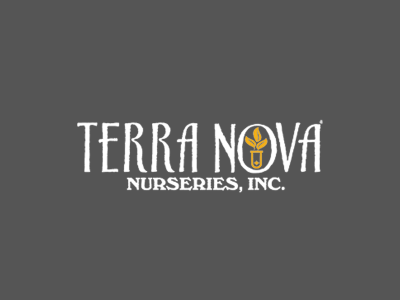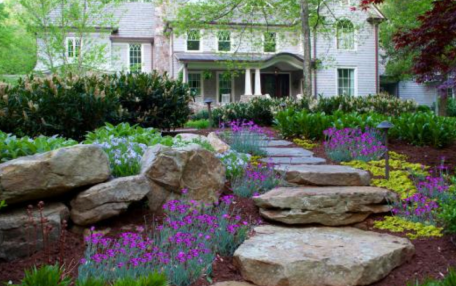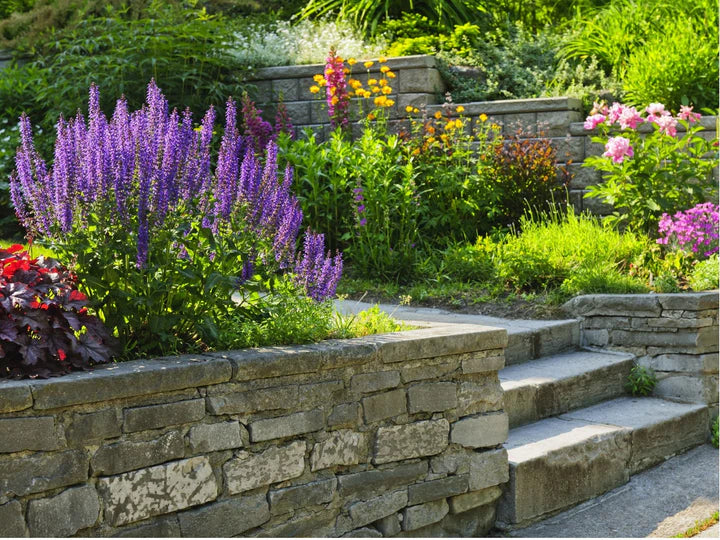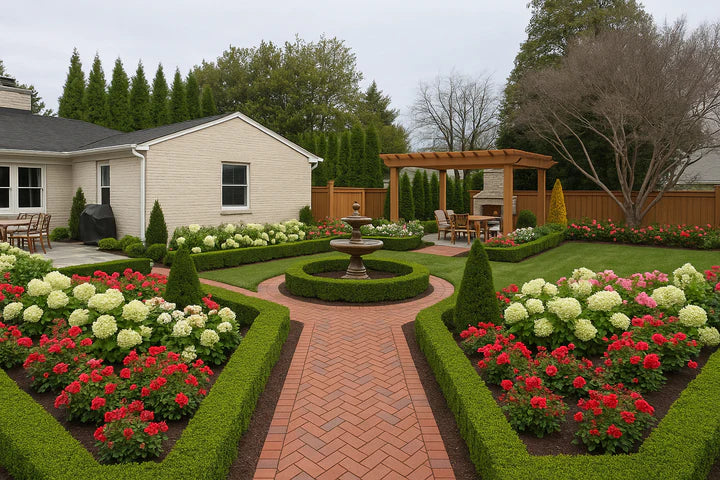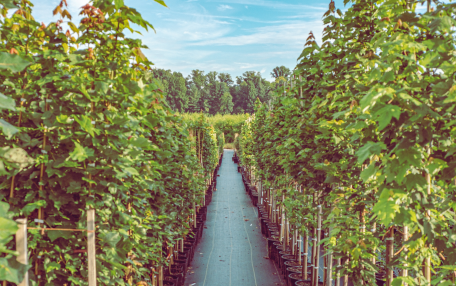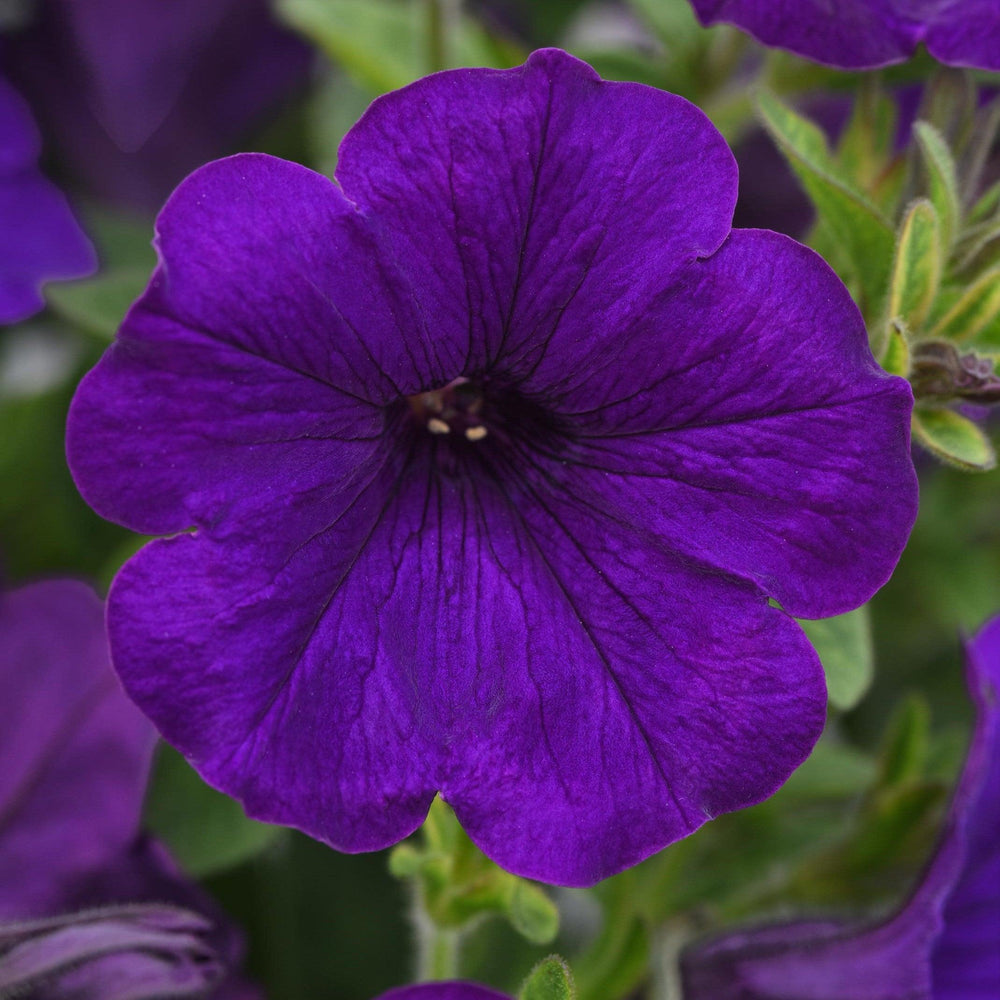Winter Gem Boxwood: A Guide to Buxus Microphylla var. Japonica
If you're looking for a beautiful and low-maintenance evergreen shrub for your Georgia garden, Monrovia’s Winter Gem Boxwood (Buxus microphylla var. japonica) is a fantastic choice. This popular cultivar of the Japanese boxwood has gained immense popularity among gardeners due to its hardiness and easy-to-grow nature.
In this article, we'll be sharing a comprehensive guide to Winter Gem Boxwood, including everything from its characteristics to planting and growing tips, pruning methods, preventing pests and diseases, and even landscaping ideas. Let's get started!
Getting to Know Winter Gem Boxwood

IMAGE: David J. Stang, Buxus microphylla Winter Gem 1zz, CC BY-SA 4.0
Characteristics of Buxus Microphylla var. Japonica
Winter Gem Boxwood is an evergreen shrub that is generally compact in size and has a slow growth rate. The leaves are small, oval, and bright green in color. As the plant ages, the color of the leaves deepens to a darker shade of green.
Winter Gem Boxwood grows up to a height of 4-6 feet and has a spread of 4-6 feet as well, making it an ideal choice for borders, hedges, and foundation plantings.
One of the notable characteristics of Winter Gem Boxwood is its dense foliage, which makes it an excellent choice for privacy screens and hedges. Its small leaves also make it an ideal plant for topiary and bonsai. The shrub produces small, inconspicuous flowers in the spring, followed by small, round seed capsules that turn brown as they mature.
Winter Gem Boxwood is also known for its ability to tolerate a wide range of soil types, from sandy to clay soils. It prefers well-draining soil and requires moderate watering. It is also relatively low maintenance, requiring only occasional pruning to maintain its shape and size.
Origin and Distribution
Winter Gem Boxwood is native to Japan and China and is a popular choice for landscaping in many parts of the world. In Japan it is highly prized for its compact size and attractive foliage. In the United States, it is commonly used in residential and commercial landscapes across the country due to its ability to withstand extreme cold and heat.
Winter Gem Boxwood is also a popular choice for use in formal gardens, where its small size and dense foliage make it an ideal plant for creating geometric shapes and patterns. It can also be used as a container plant, adding a touch of greenery to patios and other outdoor spaces.
Planting and Growing Winter Gem Boxwood
If you are planning to plant Winter Gem Boxwood in your garden, here are some tips and techniques that can help you grow a healthy and beautiful plant.
Ideal Soil Conditions
Winter Gem Boxwood thrives in well-drained and slightly acidic soils. It prefers moist soil conditions but can tolerate dry spells for short periods. Before planting, ensure that the soil is rich in organic matter and has good drainage. If your soil is heavy and retains water, consider amending it with sand or perlite to improve drainage.
It is important to note that Winter Gem Boxwood is sensitive to soil pH, so it is recommended to test your soil before planting. The ideal pH range for Winter Gem Boxwood is between 6.0 and 7.5. If your soil pH is outside of this range, you may need to amend your soil to create the ideal growing conditions for your plant.
Sunlight and Water Requirements
Winter Gem Boxwood prefers full sun to partial shade for optimal growth. It can tolerate light shade, but prolonged periods of shade can cause leaf drop and slow growth. It is important to keep the soil evenly moist, but not waterlogged. A good rule of thumb is to water your Winter Gem Boxwood once a week during the growing season and reduce watering during the winter months.
In addition to watering, it is important to provide your Winter Gem Boxwood with adequate sunlight. If your plant is not receiving enough sunlight, it may become leggy and sparse. Consider planting your Winter Gem Boxwood in a location that receives at least 4-6 hours of direct sunlight per day with afternoon protection.
Planting Tips and Techniques
Winter Gem Boxwood can be planted in the spring or fall. Before planting, ensure that the hole is twice as wide as the rootball to allow for good root development. Once planted, ensure to add a layer of mulch around the base of the plant to conserve moisture and prevent weeds from growing.
Winter Gem Boxwood prefers to be planted slightly above the soil line. This helps to prevent the plant from being buried too deep into the soil, which can cause the roots to rot over time.
When planting your Winter Gem Boxwood, consider spacing your plants at least 2-3 feet apart to allow for adequate air circulation and to prevent overcrowding. Overcrowding can lead to poor growth and increased susceptibility to pests and diseases.
Finally, it is important to prune your Winter Gem Boxwood regularly to maintain its shape and size. Pruning can also help to promote healthy growth and prevent pest and disease problems. Consider pruning your Winter Gem Boxwood in the late winter or early spring before new growth begins.
Pruning and Shaping Winter Gem Boxwood

Winter Gem Boxwood is often used as a hedge or border plant in landscapes and gardens. Pruning and shaping Winter Gem Boxwood is an important part of its maintenance, and it is essential to do it correctly to keep the plant healthy and looking its best.
When to Prune
As mentioned earlier, Winter Gem Boxwood can be pruned throughout the year, but it is best to prune it during the late winter or early spring. This is when the plant is still dormant, and new growth has not yet begun.
Pruning during this time promotes bushier growth and helps to maintain the shape of the plant. However, if you have neglected to prune your Winter Gem Boxwood during the winter, you can still prune it in the summer or fall. Just be sure to avoid pruning it during periods of extreme heat or drought.
If you are planning to prune your Winter Gem Boxwood to control its size, it is best to do it before it reaches its desired height. This will help to avoid cutting back too much of the plant's growth at once, which can cause stress and affect its ability to recover.
Pruning Techniques for Desired Shape
Winter Gem Boxwood can be pruned into various shapes, including spheres, cones, and squares. The key to achieving the desired shape is to use sharp pruning shears to cut back the growth to the desired size. When pruning, try to avoid cutting back more than one-third of the plant's growth at once, as this can cause stress to the plant and affect its ability to recover.
If you are pruning Winter Gem Boxwood to create a hedge, it is important to keep the top narrower than the base. This will help to ensure that sunlight reaches the lower branches and promotes healthy growth. To achieve this, prune the top of the plant at a slight angle, with the highest point at the center and the lowest points at the edges.
Tools and Safety Precautions
When pruning Winter Gem Boxwood, it is important to use sharp and clean pruning tools to avoid damaging the plant. Dull tools can crush the stems and leaves, making it difficult for the plant to recover. It is also important to wear gloves and protective eyewear to protect yourself from debris. Winter Gem Boxwood has small leaves that can easily be inhaled or get into your eyes.
After pruning, ensure to clean your pruning tools with alcohol or bleach to prevent the spread of pests and diseases. This is especially important if you have pruned a diseased plant or if you are pruning multiple plants.
By following these pruning and shaping techniques, you can keep your Winter Gem Boxwood healthy and looking its best. Proper pruning will also help to promote healthy growth and prevent the plant from becoming too large or overgrown.
Common Pests and Diseases
Identifying Pests and Diseases
Winter Gem Boxwood is susceptible to various pests and diseases, including boxwood leafminer, boxwood mite, and boxwood blight. Look out for yellowing or brown spots on the leaves, webbing on the leaves, and defoliation as they can be indicative of infestations.
Keep an eye out for spots on the leaves, elongated blisters, and wilting as they can be signs of boxwood blight.
Prevention and Treatment Methods
To prevent pest infestations, it is important to maintain good hygiene in your garden. Remove fallen leaves, weeds, and debris around your Winter Gem Boxwood regularly.
In case of an infestation, use insecticidal soaps or oils to control the pests. For boxwood blight, promptly remove affected plants and dispose of them properly to prevent the spread of the disease.
Landscaping with Winter Gem Boxwood
Design Ideas and Inspiration
Winter Gem Boxwood is a versatile plant that can be used in a variety of landscaping designs. It can be used as a low hedge, topiary, or even as a foundation plant. It can also be planted in containers or used to create a focal point in your garden.
Companion Plants and Pairings
Winter Gem Boxwood pairs well with a variety of plants, including hydrangeas, roses, and daylilies. It can also be paired with grasses, such as Pennisetum, for contrast in texture.
Creating Privacy and Structure with Boxwoods
Boxwoods are great for creating a sense of structure and privacy in your Georgia garden. Use taller Winter Gem Boxwood plants as a privacy screen along the edge of your property or to create a visual barrier. Use shorter Winter Gem Boxwood plants to create a formal garden, knot garden, or a parterre.
That's it! You now have a comprehensive guide to Monrovia’s Winter Gem Boxwood. From planting to pruning and landscaping, we hope we've provided you with all the information you need to keep your Winter Gem Boxwood healthy and beautiful for years to come. Happy gardening!

Click here if you’d like to purchase this plant.
If you need any advice or tricks/tips in creating the garden of your dreams, we are here to make those dreams come true! Connect with us here, or chat with us via the chat button on the bottom of any page on our website.
To create a landscape that gives you joy every time you walk out your door or look out your window, it’s important to have a design plan in place. Learn more about our elite Designer Marketplace platform, which allows you to select easily from a list of expert landscape designers, landscape architects, and more.
Click here to view more plants from the beautiful Monrovia® collection.

